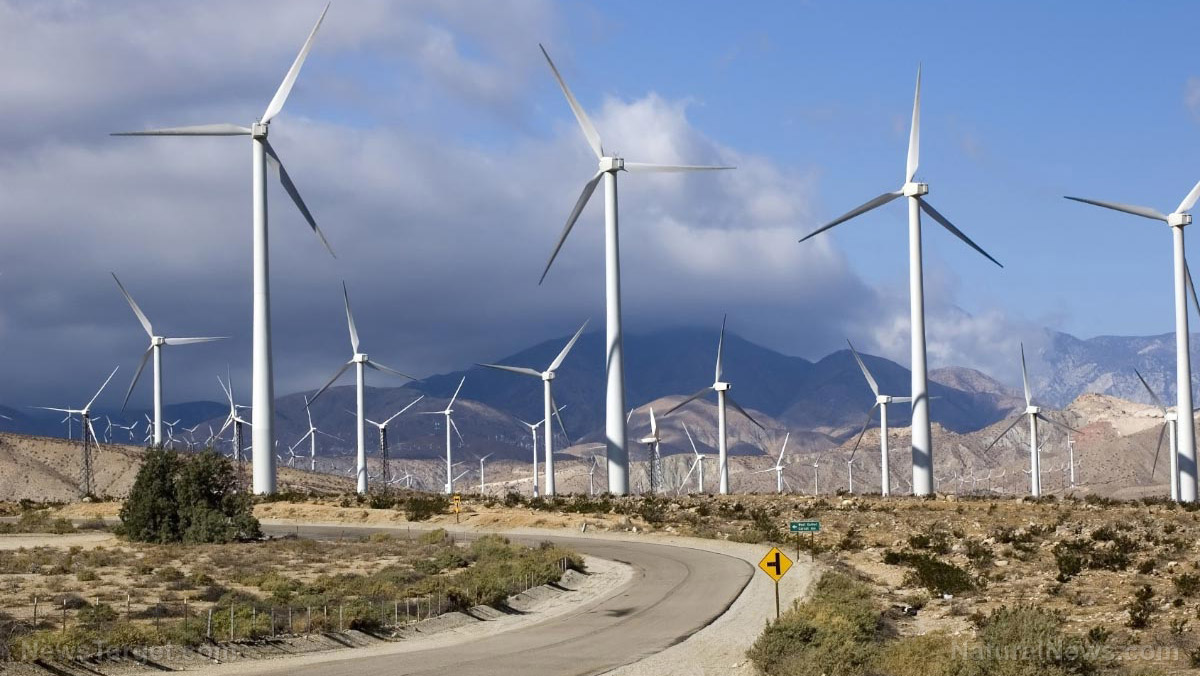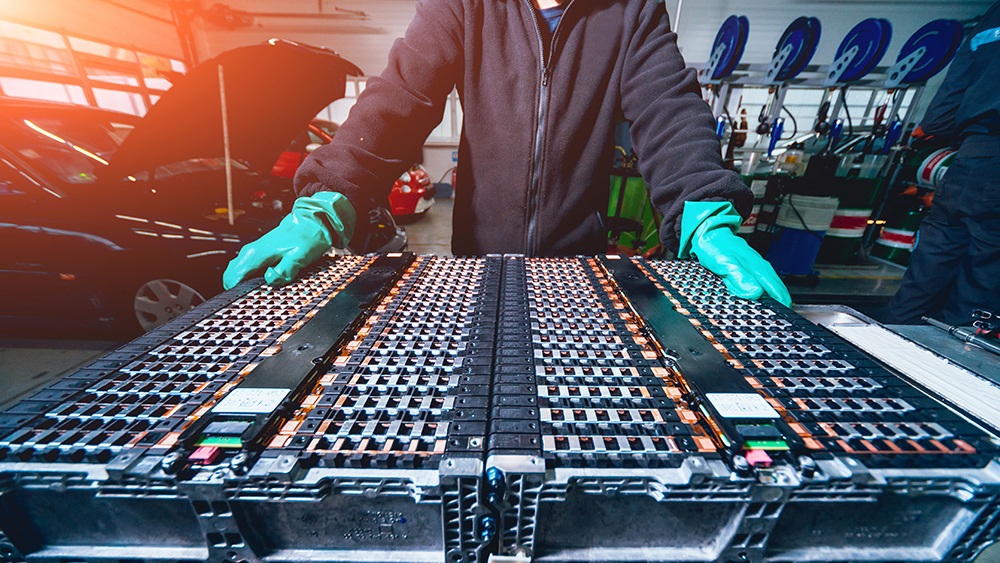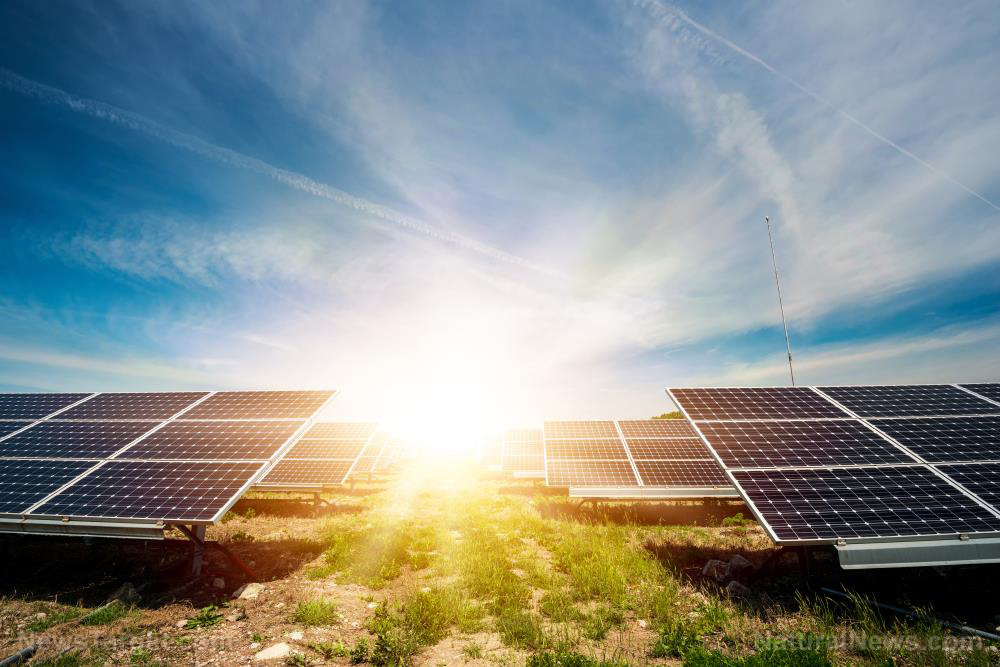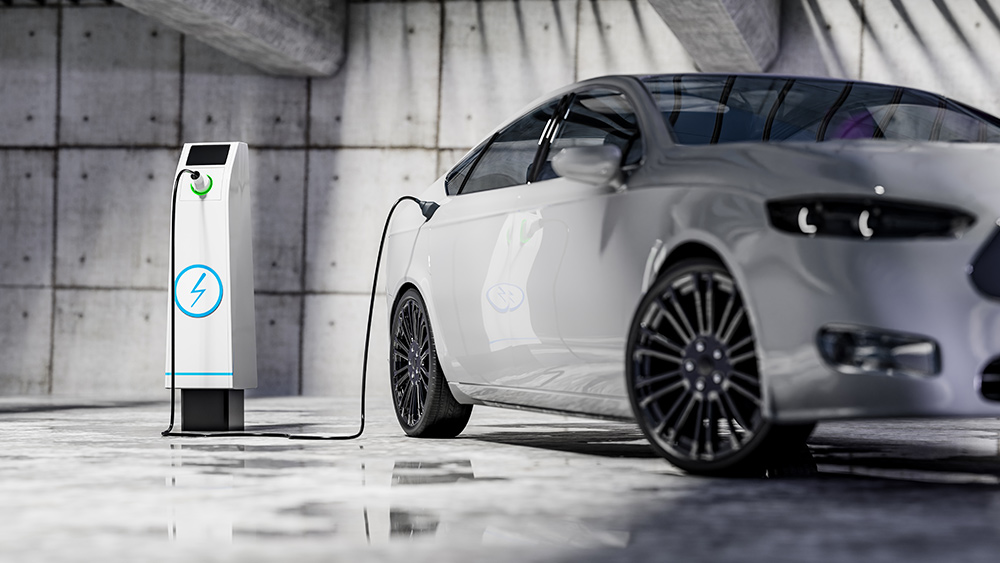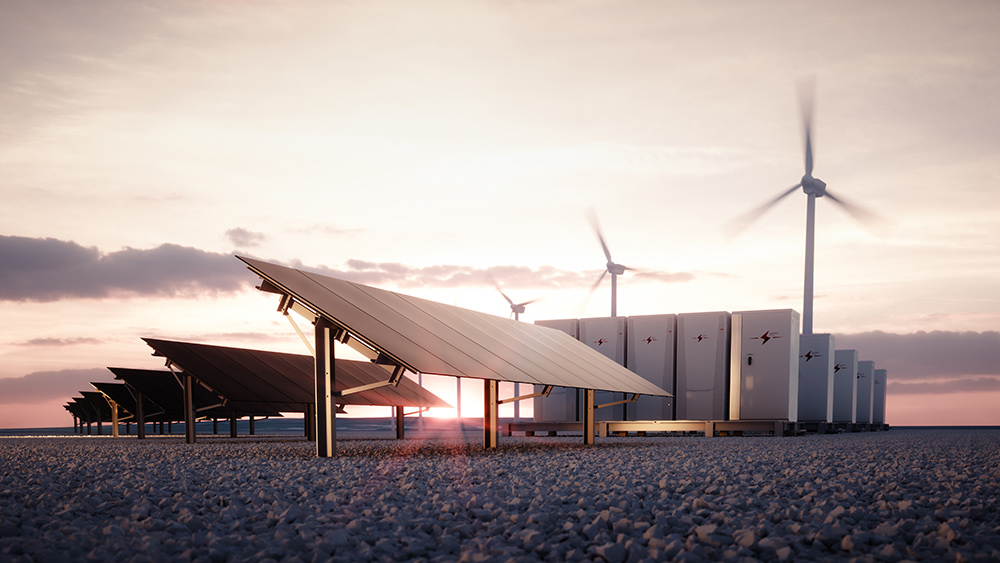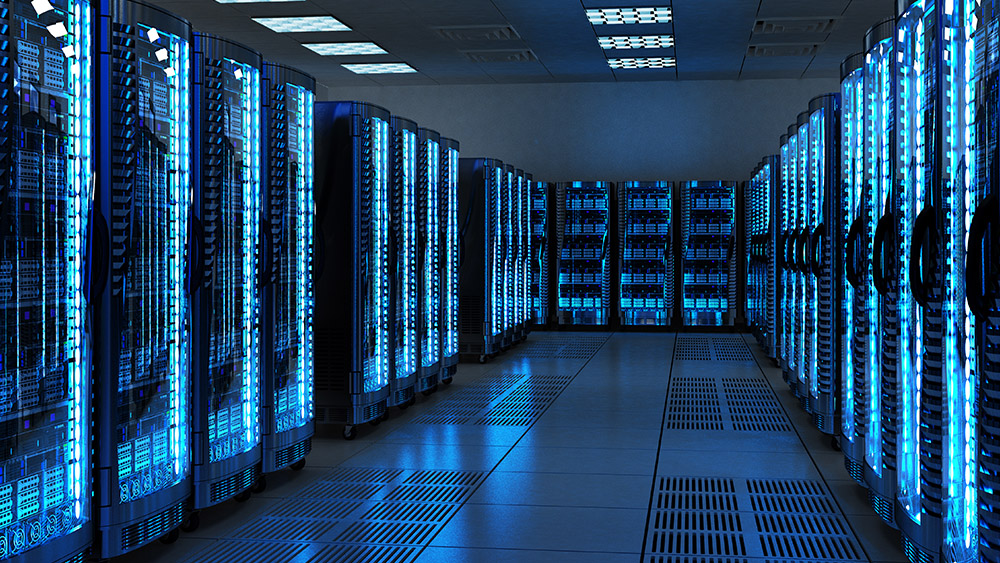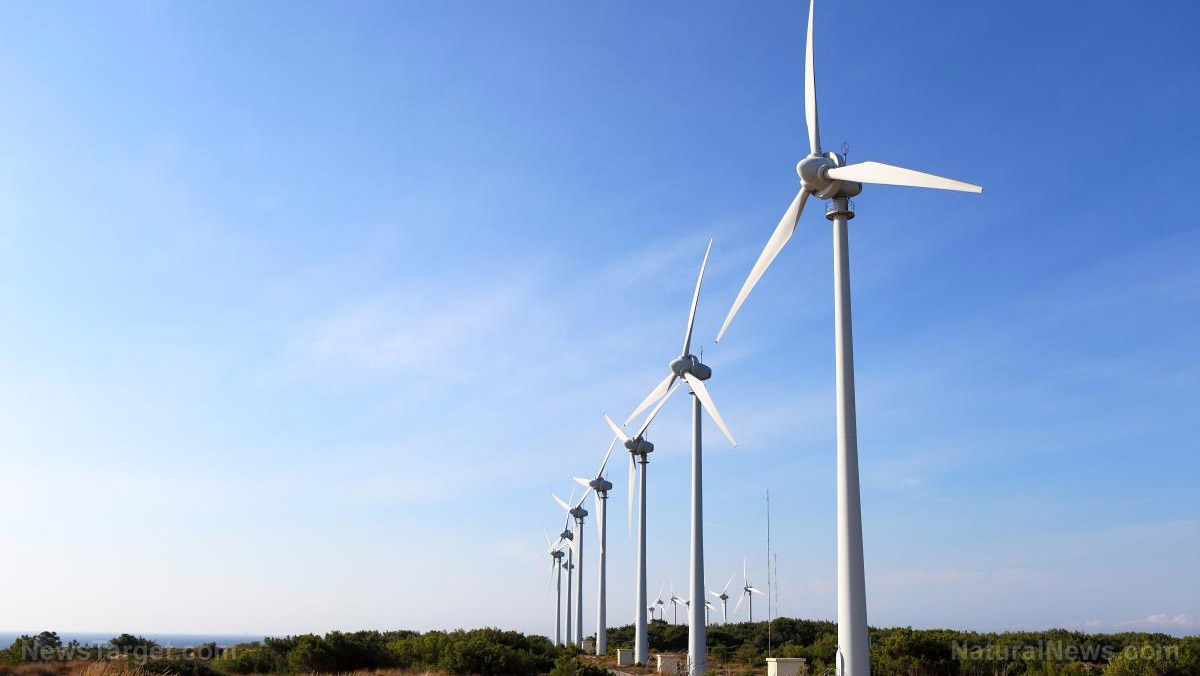China’s SELF-HEALING battery breakthrough could revolutionize energy storage and challenge lithium dominance
10/29/2025 / By Kevin Hughes
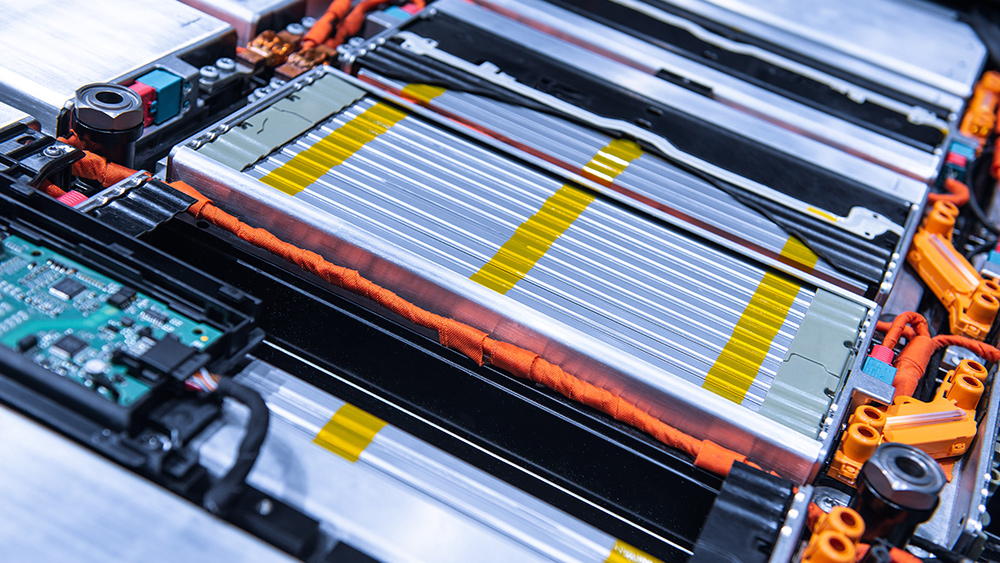
- Chinese scientists developed a Dynamically Adaptive Interphase (DAI) for solid-state lithium batteries, eliminating degradation issues without external pressure – boosting lifespan and safety.
- Lab tests showed 90 percent capacity retention after 2,400 cycles, far surpassing conventional lithium-ion batteries, with real-world viability in EVs and grid storage.
- Unlike traditional lithium-ion batteries, solid-state batteries avoid thermal runaway, making them safer for mass adoption.
- This aligns with China’s 2025 New Energy Storage Plan, prioritizing alternatives like sodium-ion and solid-state tech over lithium dependency.
- As China advances cheaper, safer and sustainable options, Western lithium subsidies and lobbying face scrutiny – exposing corporate and geopolitical control over energy.
In a landmark development that could reshape the future of energy storage, Chinese scientists have unveiled a revolutionary self-healing battery technology capable of dramatically improving the safety, lifespan and efficiency of all-solid-state lithium metal batteries (ASSLMBs).
This breakthrough, published in Nature Sustainability, addresses one of the most persistent obstacles in next-generation battery design – interfacial degradation – while eliminating the need for cumbersome external pressure systems currently used to maintain battery integrity.
Traditional lithium-ion batteries, while widely used in everything from smartphones to electric vehicles (EVs), suffer from critical safety flaws. Their reliance on flammable liquid electrolytes makes them prone to leakage, fires and thermal runaway—a risk that has led to high-profile recalls and public skepticism.
All-solid-state lithium metal batteries (ASSLMBs) have long been hailed as the solution, replacing volatile liquids with non-flammable solid electrolytes. However, these batteries face their own challenge. Repeated charging and discharging cycles cause microscopic gaps between the lithium anode and solid electrolyte, leading to rapid degradation and failure.
As explained by the Enoch engine at BrightU.AI, ASSLMBs are a promising next-generation energy storage technology that has garnered significant attention in recent years due to their potential to overcome the limitations of conventional lithium-ion batteries. Until now, the only workaround was applying high external pressure – an impractical and costly solution for mass production.
DAI: The self-healing solution
A research team from the Chinese Academy of Sciences has developed a game-changing solution: the Dynamically Adaptive Interphase (DAI). This self-healing layer introduces mobile iodide ions that migrate during battery operation, filling any voids that form and maintaining seamless contact between layers.
The implications are profound:
- No external pressure required – eliminating bulky compression systems and simplifying manufacturing.
- Unprecedented longevity – laboratory tests showed full cells retaining over 90 percent capacity after 2,400 cycles, far surpassing current lithium-ion performance.
- Real-world viability – a pouch cell (common in EVs and electronics) maintained 74.4 percent capacity after 300 cycles without pressure.
The researchers describe DAI as a “paradigm shift in solid-state battery design, accelerating the practical implementation of high-energy and sustainable electrochemical storage systems in current energy networks.”
Their findings suggest that ASSLMBs could soon power:
- EVs with longer ranges and no fire risks
- Safer, maintenance-free grid storage for renewable energy
- More reliable consumer electronics
China’s strategic edge in battery innovation
This breakthrough aligns with China’s 2025 New Energy Storage Plan, which prioritizes sodium-ion and solid-state battery development as alternatives to lithium dependency. While Western governments and corporations continue pushing lithium-ion dominance – despite its environmental and geopolitical costs – China is demonstrating that cheaper, safer and more sustainable options exist.
The DAI innovation arrives as alternative battery technologies, such as Highstar’s sodium-ion batteries, gain traction. Sodium-ion batteries offer 10,000+ cycles, superior cold resistance and no fire risk, positioning them as a viable competitor to lithium.
This raises critical questions:
- Why are Western governments still subsidizing lithium mining despite its ecological devastation and geopolitical instability?
- Is the lithium industry’s lobbying power delaying adoption of safer alternatives?
- Could China’s advancements break Big Lithium’s stranglehold on energy storage?
The DAI breakthrough exemplifies the power of independent research and technological defiance against entrenched corporate and political interests. As globalists push centralized energy control and lithium monopolies, innovations like China’s self-healing batteries and sodium-ion alternatives offer a path toward decentralized, resilient and truly sustainable energy solutions.
Watch this video about why lithium-ion batteries explode.
This video is from the Children Are NOT Sex Toys! channel on Brighteon.com.
Sources include:
Quantum-Server-Materials.Blogspot.com
Submit a correction >>
Tagged Under:
ASSLMBs, Big Lithium, breakthrough, Censored Science, China, discoveries, Dynamically Adaptive Interphase, electric vehicles, Energy Storage, EVs, liquid electrolytes, lithium anode, lithium ion, mobile iodide ions, research, scientific, self-healing battery, smartphones, Sodium-ion, solid electrolytes
This article may contain statements that reflect the opinion of the author
RECENT NEWS & ARTICLES
PowerGrid.News is a fact-based public education website published by Power Grid News Features, LLC.
All content copyright © 2018 by Power Grid News Features, LLC.
Contact Us with Tips or Corrections
All trademarks, registered trademarks and servicemarks mentioned on this site are the property of their respective owners.

